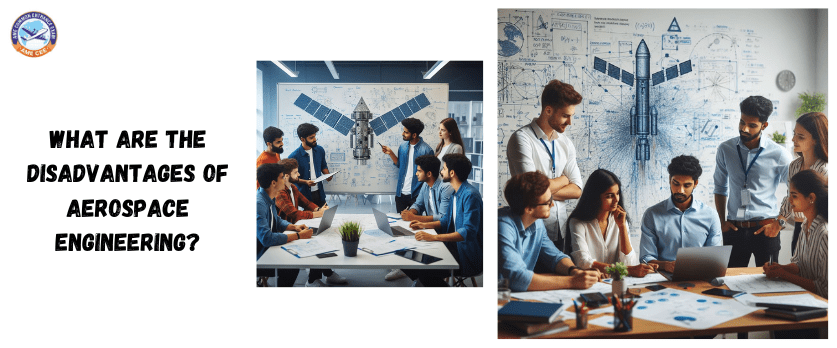Aerospace engineering is a fascinating and dynamic field that involves the design, development, testing, and maintenance of aircraft and spacecraft. While it offers numerous opportunities for innovation and exploration, like any profession, it also comes with its own set of challenges and disadvantages. Below, I’ll outline some of the key disadvantages associated with aerospace engineering:
1. Highly Specialized Knowledge
Aerospace engineering requires a deep understanding of complex concepts in mathematics, physics, materials science, and fluid dynamics. This level of specialization can make it challenging for individuals to transition into other fields if they desire a change in career path.
2. Highly Competitive Industry
The aerospace industry is highly competitive, with companies vying for contracts and funding from government agencies and private investors. This competition can create pressure on aerospace engineers to continuously innovate and deliver cutting-edge solutions while also potentially leading to job insecurity during economic downturns.
3. Stringent Safety Regulations
Aerospace engineering involves working with machines that operate in extreme environments and at high speeds. Consequently, there are stringent safety regulations and protocols that must be adhered to throughout the design, manufacturing, and testing phases. Meeting these safety standards adds complexity and cost to aerospace projects.
4. Cost and Budget Constraints
Aerospace projects, particularly those involving the development of new aircraft or spacecraft, often require significant financial investment. Budget constraints and cost overruns are common challenges faced by aerospace engineers and organizations, leading to delays in project timelines and compromises in design or quality.
5. Technological Challenges
Advancements in aerospace technology often require overcoming significant technological challenges, such as improving propulsion systems, enhancing materials for lightweight construction, and developing autonomous navigation systems. These challenges can require years of research and development before viable solutions are achieved.
6. Environmental Impact
Aerospace engineering has a notable environmental impact, particularly concerning air and noise pollution from aircraft operations. Developing more sustainable aviation technologies, such as electric or hybrid propulsion systems, presents additional challenges in terms of efficiency, performance, and infrastructure development.
7. Work-Life Balance
The demanding nature of aerospace engineering projects, especially during critical phases like testing and certification, can result in long work hours and tight deadlines. Achieving a healthy work-life balance can be challenging for aerospace engineers, particularly those working on high-profile or time-sensitive projects.
8. Risk of Failure
Aerospace engineering projects inherently involve a degree of risk, whether it be technical failures during testing, unexpected environmental factors during flight, or geopolitical challenges affecting funding and collaboration. The consequences of failure can be significant, both in terms of financial loss and impact on human safety.
Despite these disadvantages, aerospace engineering remains an exciting and rewarding field for those passionate about pushing the boundaries of human exploration and technological innovation. Addressing these challenges requires a collaborative effort from engineers, scientists, policymakers, and industry stakeholders to ensure the continued advancement and sustainability of aerospace technologies.
To become an aerospace engineer you may could join aerospace engineering through AME COMMON ENTRANCE EXAM (AME CEE) this examination you may join Aerospace Engineering approved by AICTE


